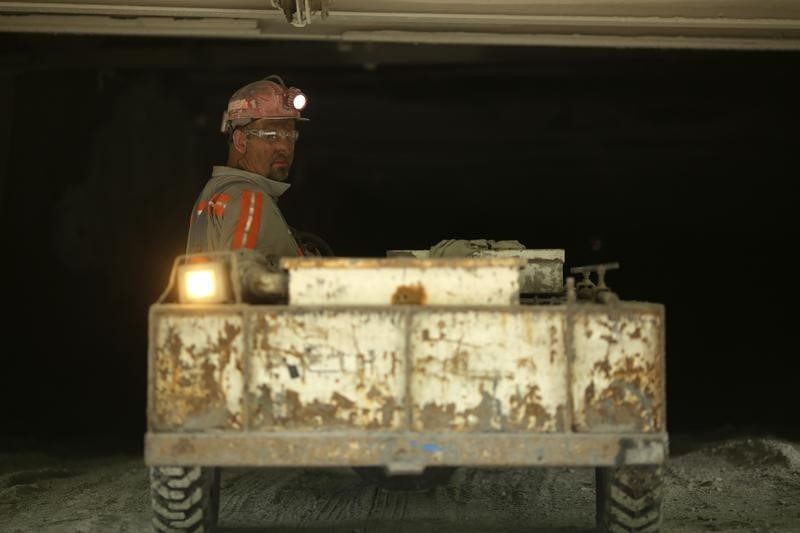Here is the latest excerpt from our comprehensive article on copper...
In the grand narrative of copper, the plot thickens once the metal is wrested from the earth. The next act? Processing. It's a high-stakes drama where raw ore is transformed into the highly coveted, market-ready metal. Think of it as the backstage of a Broadway show, where the raw talent of ores gets a makeover into a star.
Smelting
First up, we have the venerable method of smelting. It's the old guard of copper processing, a technique as ancient as civilization itself. Picture a furnace, flames licking the sky, as copper ore is combined with a stony mate called flux and a breath of air. The heat is intense, the chemistry complex, and the result? A layer of matte copper, sulking at the bottom of the smelter, and a slag of waste floating like the froth on a cappuccino. It's a method that's endured the test of time because, quite simply, it works.
Then there's leaching, the avant-garde of copper processing. It's like sending the ore to a spa, where it's treated to a luxurious soak in sulfuric acid or ammonia. The copper dissolves, enters into solution, and is later recovered through a process called solvent extraction and electrowinning (SX-EW). It's the copper equivalent of a liquid diet, and it's especially handy for low-grade ores that would scoff at the very idea of smelting.
Electrowinning
Electrowinning follows, a process that could be likened to a magician's act. Here, copper ions from the leaching process are zapped with electricity, prompting them to deposit onto cathodes as 99.99% pure copper. It's a neat trick, one that skips the fiery furnaces and goes straight to the high-grade metal with a flash and a buzz.
And let's not forget refining, the final polish on our star before it steps out onto the market stage. Even the best smelting and electrowinning acts can leave behind a few impurities—like a smudge on a diamond. Refining is the meticulous art of removing these blemishes, often through electrolysis, where copper is further purified until it's ready for its close-up.
Critics
Each of these methods has its own fan base and critics. Smelting is the tried and true, but it's a bit of a diva, demanding high-quality ores and belting out greenhouse gases like an opera singer. Leaching and electrowinning, on the other hand, are the indie artists, making the most of lower-grade materials and often putting on a more environmentally friendly show.
In the end, the method chosen is a matter of economics, environmental considerations, and the quality of the ore body. It's a decision that can make or break fortunes, a strategic move in the high-stakes game of copper production.
So there you have it, the behind-the-scenes action that turns a stone into a star—or more accurately, copper ore into the conduits and currencies of our daily lives. It's a process that's as dynamic and diverse as the market it feeds, a testament to human ingenuity, and a crucial chapter in the ongoing saga of copper.
